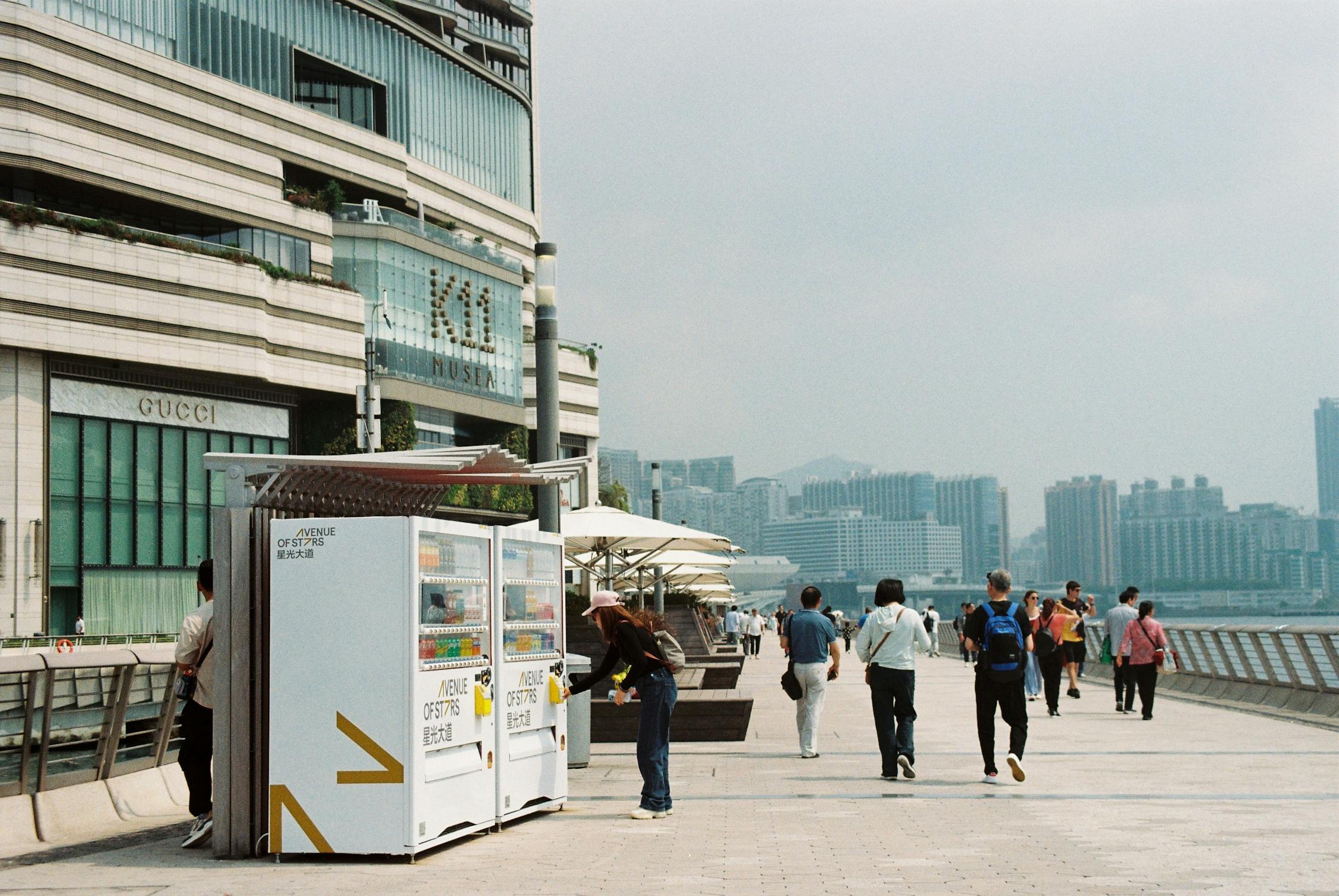The Government Response to the Previous School Massacre – Part 1 in The Right Response?
The 2012 mass shooting at Sandy Hook, Connecticut has disturbing similarities to the 1999 Columbine High School mass shooting where two angry young men slaughtered a teacher and twelve students.
Since all actions have both seen and unseen consequences, an effective response to reduce the incidence as well as mitigate the effects of such massacres needs careful consideration. Unseen repercussions can often make a situation drastically worse. Economists now know lots about moral hazard, for example.
The Response to such Massacres
Many people have emotional responses that ignore such consequences. Brian Giattina, a school board member in Birmingham, Alabama, is reported as saying guns send the wrong message. “It tells them we have to have a gun to protect them. It is a complex problem that needs to involve mental health, education, law enforcement and the community.”
Yet over the last fifty years, with just one single exception (the Gabby Giffords attempted assassination), every single mass shooting with more than four casualties has taken place in a supposedly gun free zone.
Your Right to Protect Yourself
Unfortunately, Giattina is himself giving the wrong message. His second sentence is indisputable yet encouraging learned helplessness is morally corrupt.
Improvement is definitely needed in all these areas, but that does not mean that responsible adults should stop protecting themselves. If the school’s teachers had been armed, how much lower would the death toll have been?
Brian Rohrbough, whose 15-year-old son was killed in the Columbine shooting, has a more thoughtful rather than emotional response. He recognized that “It certainly wouldn’t hurt to have someone who is armed – even a teacher – who has the courage to protect the children at schools.”
As Larry Correia, Utah Concealed Weapons instructor, military and law enforcement master trainer, competition shooter, expert witness for the Utah State Legislature, Title 7 SOT gun store owner, elite firearms expert explains:
“The average number of people shot in a mass shooting event when the shooter is stopped by law enforcement: 14. The average number of people shot in a mass shooting event when the shooter is stopped by civilians: 2.5. The reason is simple. The armed civilians are there when it started.”
So what was the government’s response? They set up a enquiry which instead muddied the waters and missed the real causes of the problem: The inability of responsible adults to protect themselves and their children. Government failure at that most fundamental of government tasks: protecting their citizens and students.
The Government Hid their Failure to Act
In this particular case, the government had had plenty of warning, yet not only failed to act, but tried to hide their failure for many years.
Former Rocky Mountain News reporter Jeff Kass, author of the book, Columbine: A True Crime Story, found that police ignored complaints and explains what actually happened.
A year earlier, the mother of one of Harrris’s friends had laid a formal complaint: Harris, one of the shooters, had threatened her son on his website and bragged that he had been building bombs. The police did create an affidavit for a search warrant on Harris’ home, but took it no further.
County officials took five long years even to acknowledge that they had met after the attacks to discuss the ignored 1998 affidavit for a search warrant. Yet the police had also found a small bomb near Harris’ home – but no one had bothered to present the affidavit to a judge. The search did eventually took place, but only after the shooting spree.
Defensive Gun Uses
In this shooting spree, as in countless others, the massacre of innocents by deranged individuals was exacerbated by the legal gun ban. Laws designed to stop the law-abiding having guns inexorably lead to responsible citizens being unarmed.
Yet guns in law-abiding hands stop a lot of murders and criminal mayhem. A study by Kleck and Gertz found between 830,000 and 2.45 million defensive gun uses per year in the United States. The National Survey of Private Ownership of Firearms study found approximately 1.5 million defensive gun uses per annum.
Mass Shootings Drastically Increase
The Wall Street Journal reported there were 18 random mass shootings in the 1980s, 54 in the 1990s, and 87 in the 2000s. In just one year, 2012, rather than a whole decade, the Washington Post lists 14 cases of mass shootings.
This increase in the number and severity of massacres suggests that the increasingly stringent gun laws already on the books are having an understandably negative effect. Would further restrictions on gun ownership by the law-abiding and responsible make matters better, or worse?
It seems that those wishing to strengthen gun restrictions just ignore the consequences of the previous actions. What’s the most effective way to discourage any criminal activity? Is it really to disempower the law-abiding?
Food for Thought
“Bad guys with guns – bad, and good guys with guns – good!”
Harrold School District Superintendent, David Thweatt, and many others
© Copyright worldwide Cris Baker, LifeStrategies.net. Republishing welcomed under Creative Commons noncommercial no derivatives license preserving all links intact. All rights reserved.





